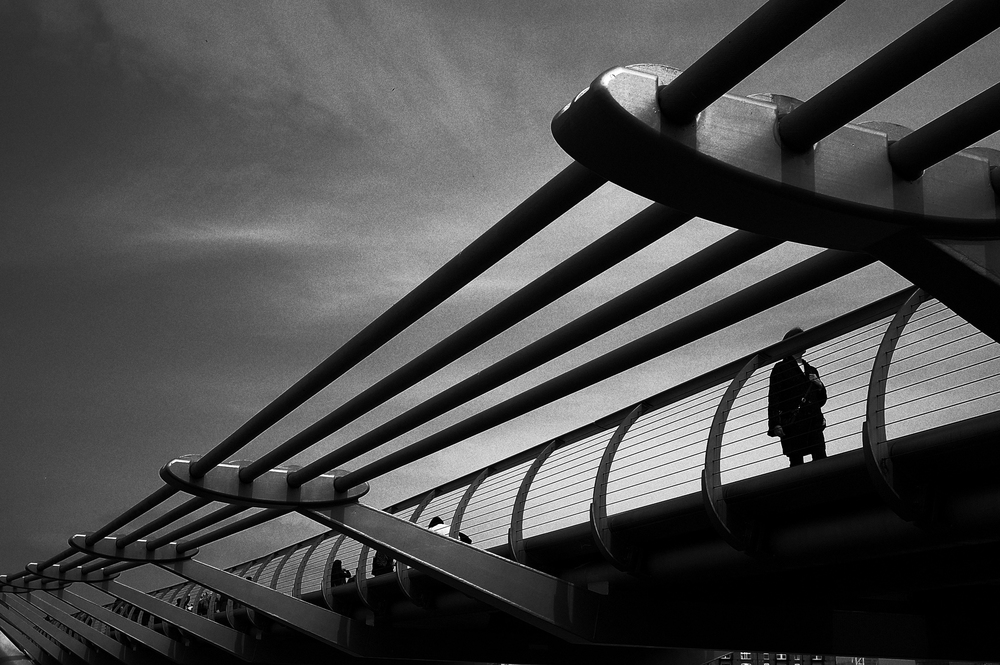
Back in August last year I wrote my opinions of the then relatively new Ricoh GR II. At the time it would be fair to sum up my views as “underwhelmed”. Let’s be honest, the GR is so good that it will take a tremendous camera to overtake it, and neither the warmed-over GR II nor the recent and very slightly odd Fuji X70 really knock it from its perch as my go-to camera when I don’t really want to carry a camera.
That’s the funny thing about the GR series, and it is not restricted to the GR itself. Its predecessors right back to film days shared that almost invisible quality, both in carriage and use of being so inconspicuous that it is largely un-noticeable.

As I’ve pointed out before, no camera in my experience has come close to the GR’s trick of being an extension of my hand. A flick of the wrist and a caress of the shutter button and the deed is done, the camera back out of sight. Ideal for travel—for me it replaces the Fujinon 18mm in my main kit—and it doesn’t spoil the cut of one’s suit on a day in the office.

To recap, the GR II brought only minor “improvements” to the original GR. Ricoh wisely decided not to lose track of a winning formula; small but “sticky” form factor, logical controls, excellent menus belying the extent of user control available, and of course they kept the same sensor and 28mm-equivalent lens and field of view, harking right back to its original film ancestor.
In no particular order the II brought WiFi (and NFC), a smidgen higher maximum shutter speed, remote control (via aforementioned Wi-Fi), the ability to shoot more raw files (a larger buffer, presumably, or more efficient firmware), some tweaks to the movie mode and no fewer than seven new effect modes. There were a few other things but nothing earth-shattering.

So why am I writing about the GR/II now? Well, Mike brought to my attention today that the current “street” price of the II has now dropped to within £20 of the original GR. Twenty quid. I have more expensive cheese in my fridge. You could pay that in parking fees going to buy one.
So if the price is a wash, does it now make sense to buy the GR II over the GR?
Yes of course it does. For a £20 premium you get the younger model. That’s good value in anyone’s language—if you are starting from scratch. If you are thinking of upgrading, don’t. Or, rather, still don’t because that was my advice last time.
Except…
The thing, the tiny thing, the one thing that keeps nagging at me is that WiFi… Nearly a year ago, I said, and I quote “…I don’t care a feather or a fig for Wi-Fi or NFC…” What has changed is that now I do care, and it is Fuji that has converted me.
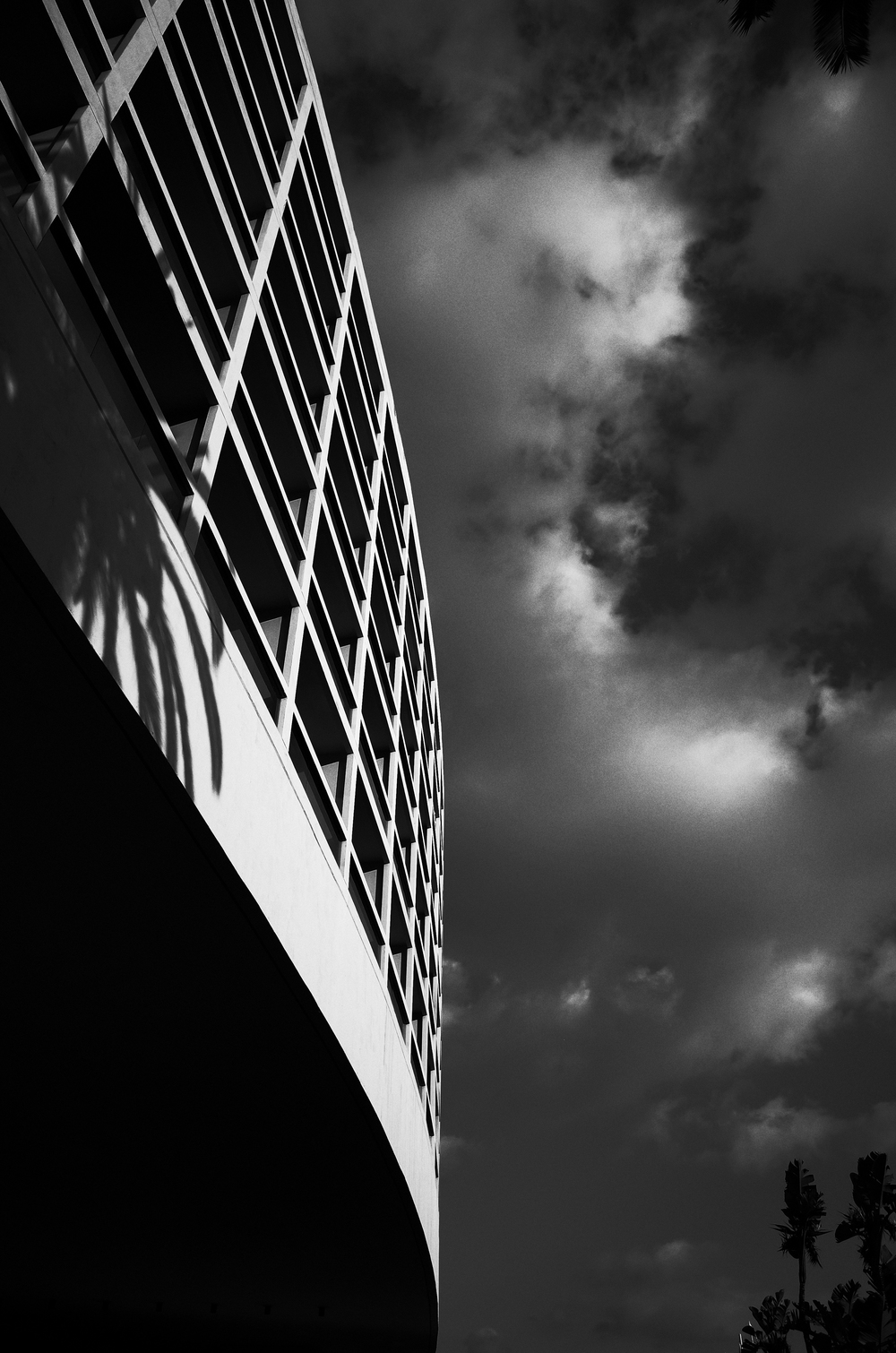
My recent trip to Madeira testing the Zeiss Touit 50mm was characterised by a lot of wandering about the mostly charming streets of Funchal punctuated by time spent idling in pavement cafes over bottles of “Coral” beer. To amuse myself I became an habitual Instagrammer, documenting AND sharing my “adventures” within minutes of their happening rather than hours, days or weeks.
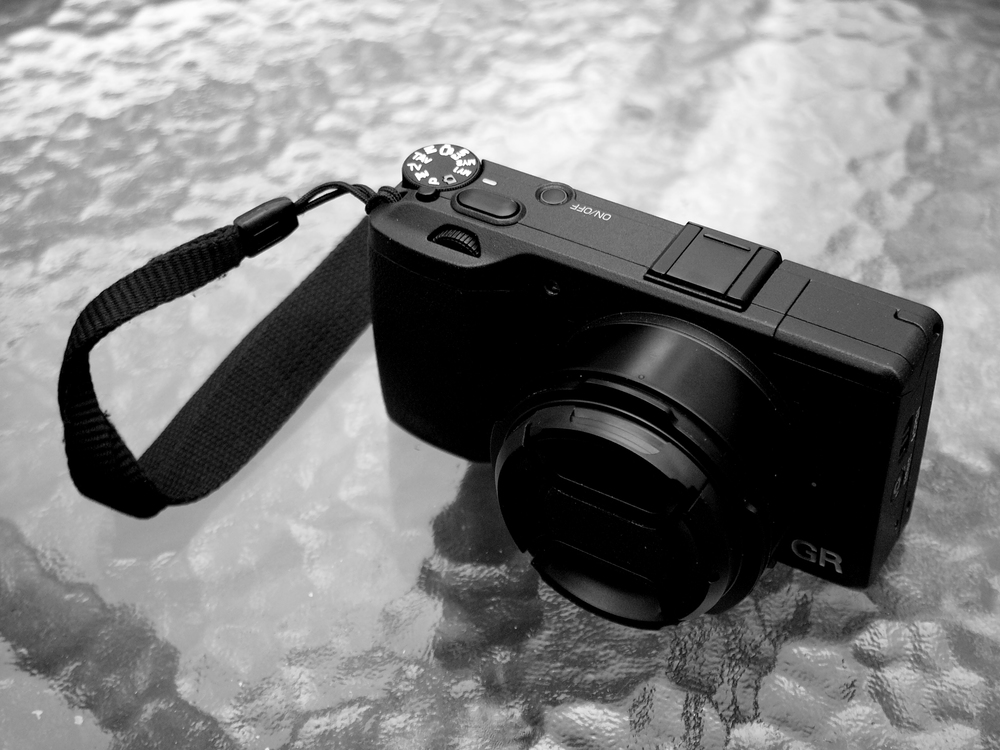
I was aided in this endeavour by my Fuji X100T and X-Pro2, both of which come with Wi-Fi built-in, and the most recent version of the Fujifilm Camera Remote app on my Sony Xperia Z Ultra smartphone. I am being quite precise here because it is relevant—bear with me.
The poor old GR got a bit left out here. It couldn’t do the tricks that the younger Fujis had mastered, so the images contained on its SD card were effectively trapped there until I could return home—or at least stick it’s card in a reader connected to an internet-ready device.
Fuji has come on in leaps and bounds in this department in recent times. Not so long ago their remote app was a bit of nightmare—unstable and harder to initiate a connection than someone on Tinder with an ugly profile photo. Today, the app has had a makeover, and the linkage is swift and sure once properly set up, even when flipping between two different input devices—sorry, cameras. The reason I mentioned the phone, by the way, is that the Z Ultra is a “phablet” with a huge screen – over seven inches – which makes it an exceptional choice when editing image files on the move.
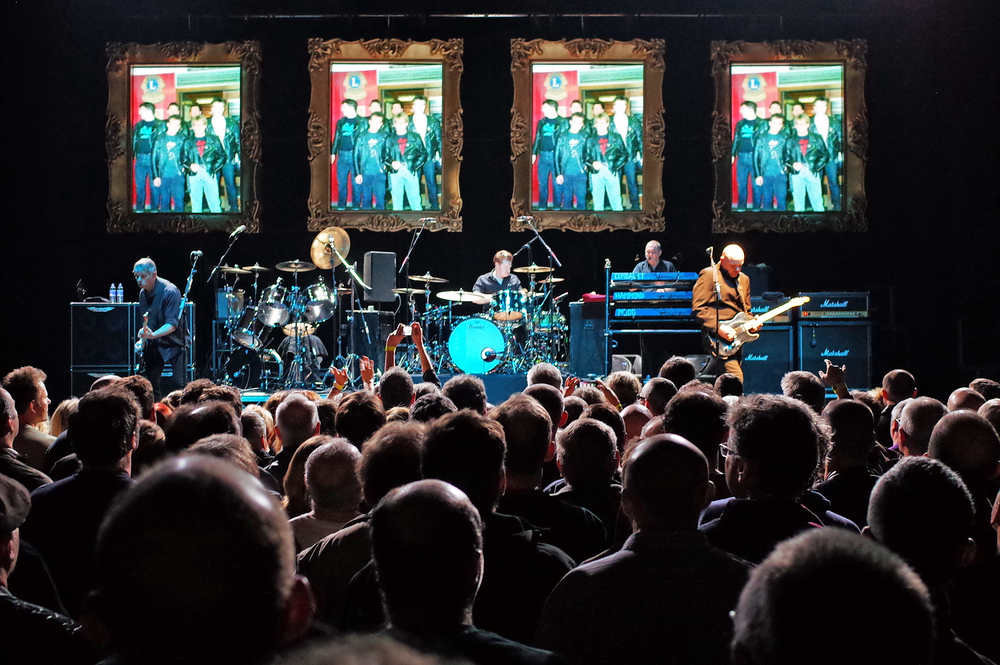
Does all this really matter? Of course not. It’s a first world problem. I could go off on one here about how the modern world is all getting too fast paced for its own good and that it doesn’t really make a blind bit of difference in the great scheme of things if a bumbling gentleman amateur photographer doesn’t actually get his photos online instantly—I’m not a sports photographer or a paparazzi after all.
But, the point is that WiFi is now part of the expected entry level functionality for cameras such as the Fuji X Series and the Ricoh GR. Reviewers will moan—sorry, comment—if it is not on board. And it IS useful. More so than I realised, before I started on my Instagram frolics. It’s another workflow streamlined, another cable not to carry. It’s quick and easy connectivity and that is key for any photographer who wants to have a social media presence that is slightly better curated and more ambitious than a rinky-dink free Flickr account, or an Instagram feed full of selfies and food shots.
There’s also a lot to be said, particularly as a “travelling photographer” for anything that lightens the load, and WiFi is one of those things, along with charging via USB, something that the GR and GR II both have, as does the X100T, although, inexplicably, not the X-Pro2.
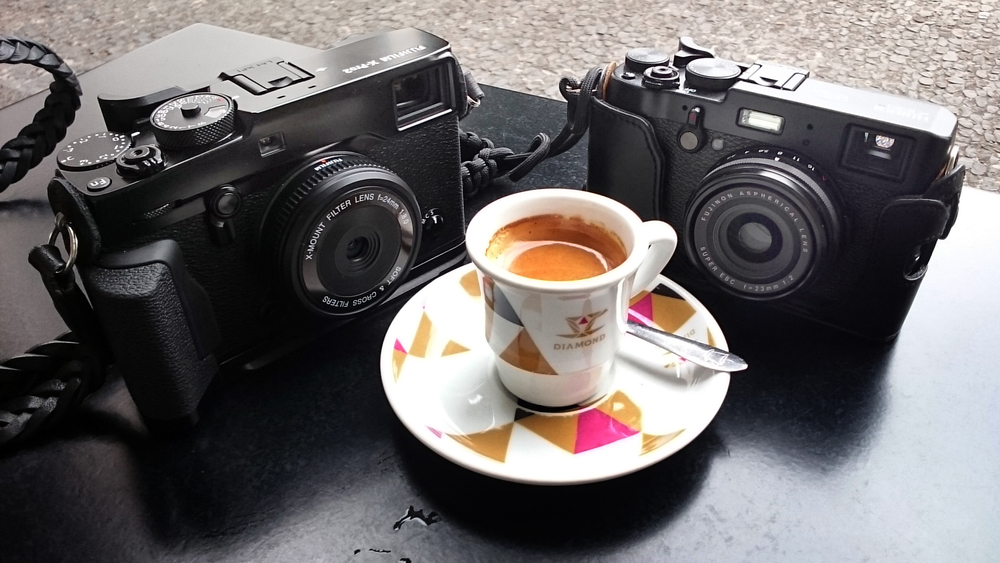
So. It’s fair to say that my GR is getting a little long in the tooth now. Not only is the GR II cheaper than at launch, but there is also the Fuji X70 to consider. All that Fuji goodness in a compact and bijou package not a million miles dissimilar in concept to the GR… Am I going to upgrade, or even switch?
Ahhhh… no. You see, the GR II and the X70 both have an ageing 16mp sensor, and lovely though the images they produce are, they don’t hold a candle to the 24mp of the X-Pro2. If I “upgrade” (“sidegrade”?) now I will be on the tails of old tech. Not a good place to be in terms of longevity. Don’t get me wrong; 16mp is still a force to be reckoned with, particularly in the shape of the GR and the X100T. But it is no longer what I would get excited about in a new camera.
Not to mention, Winter—sorry—Photokina is coming…
_____________________
- Subscribe to Macfilos for free updates on articles as they are published. Read more here
- Want to make a comment on this article but having problems? Please read this

the Ricoh has an unusual USB port, so you have to carry an additional cable to your phone charging cable… unless you charge the battery off-camera in an after market charger, these are available cheaply and do charge with any USB charger. But that’s one more device to carry… it never gets easier 😉
I have the GRII, which has wifi, and it works, but not well… maybe for sharing a few photos fast, but anything more will drain the battery quickly. If I want to move more than 2-3 pictures I find it’s easier to carry an apple usb adaptor than to connect via wifi.
I hope that in a GRIII they will change to micro USB and improve wifi dramatically – not the connection itself, which seems to work fine (the camera connects fast to a phone or laptop) but the apps and photo-sync process.
I suppose we all have different priorities and preferences. I don’t use wifi at all but I do love in-camera battery charging as on the Ricoh GR and Leica T, among others. I find it’s a life saver if you venture forth without the charger. While it’s easy to also forget the USB cable, it’s easy enough to buy a replacement from a phone or accessory shop almost anywhere in the world. Virtually my only major criticism of the GR is the exposure compensation button which seems to get nudged far too often. I’ve lost count of the number of times I’ve brought up the camera for a picture and found it at -3 EVF or similar.
Mike